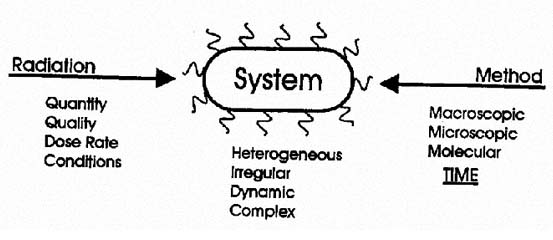Top Secrets
Top Secrets
نکات مهم در رادیولوژی - بر گرفته از کتاب اسرار رادیولوژی
- Increasing voltage (kV) decreases contrast and increases exposure, making the film darker. Increasing milliampereseconds (mAs) increases exposure, making the film darker.
- A scout film should always be obtained before performing a fluoroscopy study with a contrast agent. The scout film
allows the radiologist to determine whether an object that appears “white” on a radiograph is bone or metal versus
contrast (the latter would not be on the scout film). - Structures in the body that are very dense (such as structures that contain calcium) attenuate a large amount of the x-ray beam; the x-ray beam is unable to reach the film and darken it, and such structures appear white on a radiograph.Conversely, structures that are not very dense (such as air) allow the x-ray beam to penetrate and darken the film; such structures appear black.
- Regions with many acoustic interfaces reflect a lot of sound back to the transducer. These are termed echogenic or
hyperechoic, and by convention are viewed as bright areas on ultrasound (US). Regions with few acoustic interfaces do not reflect many sound waves; they are termed hypoechoic and are viewed as dark areas. - Electron-dense structures, such as metal and bone, stop a large number of x-rays and are bright on computed
tomography (CT). Regions with lower electron density, such as air or fat, stop very few x-rays and are rendered as dark.Because CT images are created with x-rays, the same things that are bright and dark on plain films are bright and dark on CT. - T1-weighted images have a short “time to repetition” (TR) (<1000 ms) and a short “time to echo” (TE) (<20 ms).T2-weighted images have a long TR (>2000 ms) and a long TE (>40 ms).
- To differentiate between T1-weighted and T2-weighted images, look for simple fluid. Fluid tends to be hyperintense to virtually everything else on T2-weighted images. On T1-weighted images, fluid is of low intermediate signal. Good places to look for fluid include the urinary bladder and the cerebrospinal fluid.
- Nuclear medicine is unique in that its strength lies in portraying the functional status of an organ, rather than producing images that are predominantly anatomic in content
- In nuclear medicine studies, the radiologist administers a radioactive atom, either alone or coupled to a molecule, that is known to target a certain organ or organs. Its distribution is examined to determine any pathologic condition in that particular organ.
Radioology secrets plus
برای دانلود کتاب می توانید از لینک زیر استفاده کنید
http://medradiation.sellfile.ir
- ۰ نظر
- ۲۹ تیر ۹۴ ، ۱۹:۴۵



